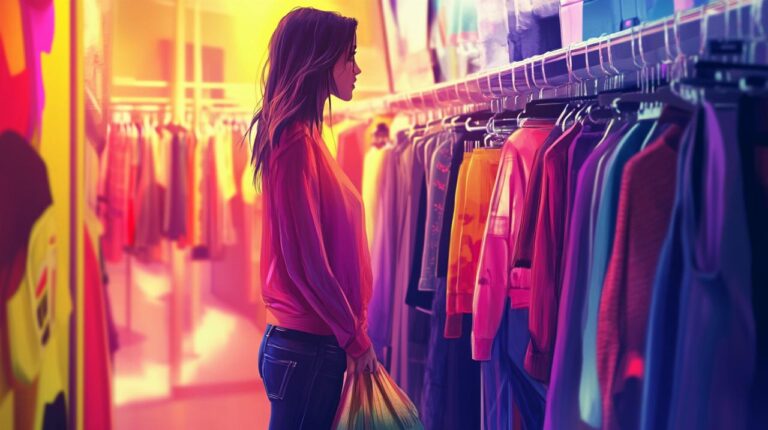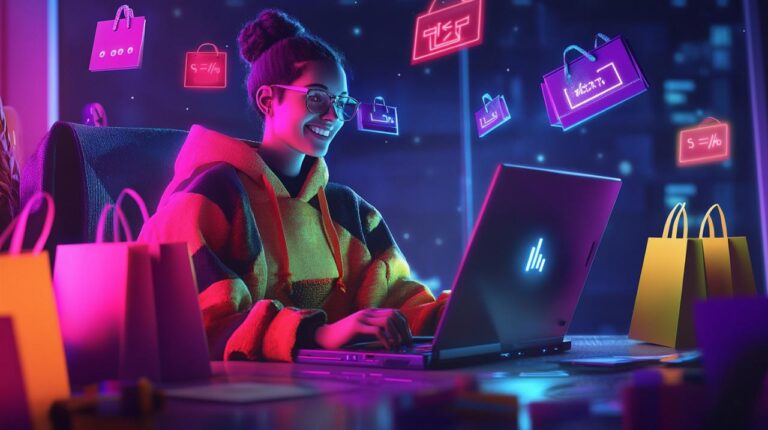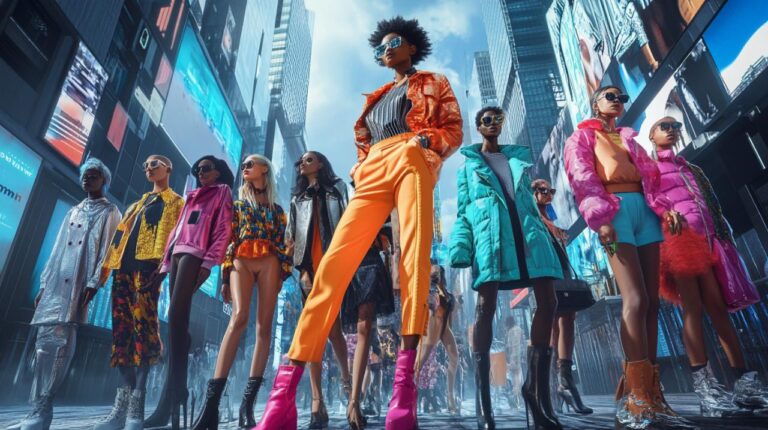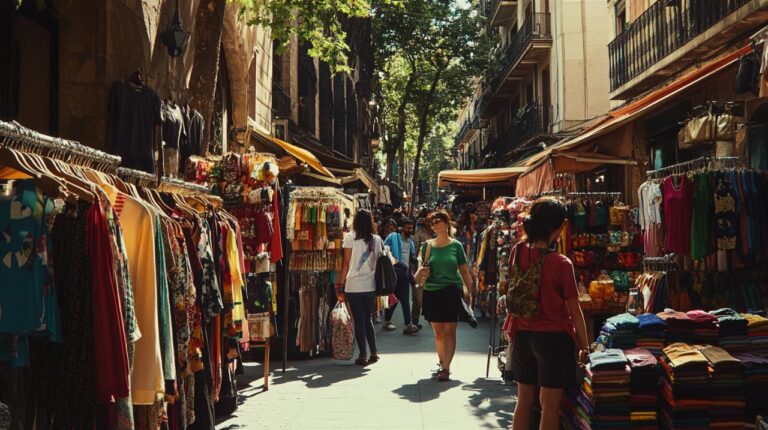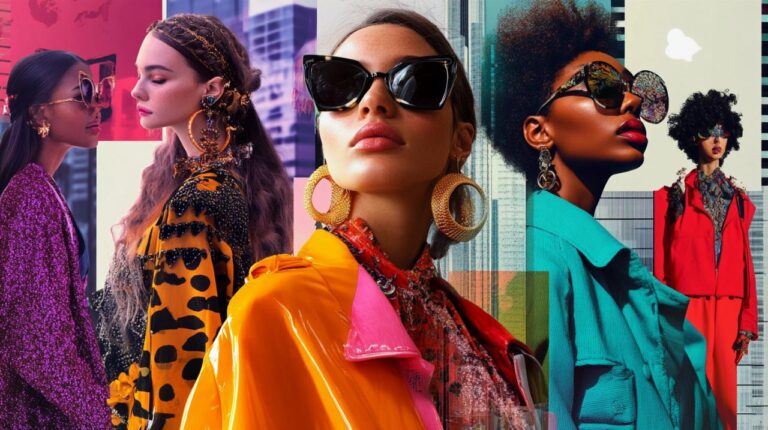The way we dress has changed dramatically in recent years, with the internet playing a pivotal role in dictating what we wear and when. Gone are the days when seasonal runway shows alone set the tone for what would appear in wardrobes across the country. Today, a post on Instagram or a viral video on TikTok can launch a style into the mainstream within hours, making fashion more accessible and immediate than ever before. This shift has not only transformed consumer behaviour but has also reshaped how designers, retailers, and fashion enthusiasts engage with the industry. Understanding this digital evolution is crucial for anyone looking to stay current in a landscape where trends emerge and fade at breakneck speed.
The digital revolution: how social media platforms are reshaping fashion choices
Social media has fundamentally altered the power dynamics within the fashion industry, placing influence directly into the hands of everyday users and content creators. Platforms such as Instagram, TikTok, Facebook, and YouTube have become the primary sources of fashion inspiration for e-shoppers worldwide, surpassing even traditional search engines like Google. According to the RetailX Global Fashion 2023 report, over half of global fashion e-shoppers now turn to Instagram for inspiration, with Facebook and YouTube also playing significant roles. This shift underscores the importance of a robust digital presence for designers and brands, as consumers increasingly rely on these platforms to discover new styles and make purchasing decisions. The ability to engage directly with audiences has democratised fashion, enabling smaller brands and independent designers to compete alongside established names.
Instagram and TikTok as Style Catalysts for the Modern Wardrobe
Instagram and TikTok have emerged as the dominant forces in shaping contemporary fashion, each offering distinct approaches to content and engagement. Instagram thrives on curated visuals and polished aesthetics, making it a natural home for aspirational fashion content. A study commissioned by Meta revealed that a significant majority of internet users in India discover fashion brands on Meta platforms, with Instagram Reels cited as a major source of inspiration. The platform's user base leans heavily towards individuals aged eighteen to thirty-four, a demographic that values both quality and visual appeal. This audience is drawn to high fashion, luxury brands, and carefully crafted looks that convey sophistication and style. In contrast, TikTok champions spontaneous, user-generated content that feels authentic and relatable. Its algorithm favours creativity and engagement, allowing anyone with a smartphone to start a trend that can reach millions overnight. As of mid-2024, a substantial portion of TikTok's global audience consisted of young adults aged eighteen to twenty-four, with this group particularly inclined to engage with fast fashion and experimental styles. The platform's rapid trend cycle means that what is popular today may be replaced by something entirely new tomorrow, keeping both creators and consumers on their toes.
Influencer Culture and Its Role in Democratising High-Street Fashion
The rise of influencer culture has played a transformative role in making fashion more accessible to the general public. Influencers, whether they have millions of followers or a more modest but engaged audience, have become trusted sources of style advice and inspiration. They bridge the gap between high fashion and everyday wearability, showcasing how to incorporate trends into real-life wardrobes without breaking the bank. This democratisation means that online fashion trends now reach a broader audience than ever before, allowing people from all walks of life to participate in the conversation. Brands have taken notice, increasingly collaborating with influencers to boost visibility and connect with target audiences in a more authentic way. These partnerships often involve showcasing new collections, hosting giveaways, or creating exclusive content that resonates with followers. The result is a more dynamic and inclusive fashion landscape where high-street fashion is celebrated alongside luxury labels, and personal style is valued over brand prestige. This shift has also encouraged greater diversity in representation, as influencers from various backgrounds, body types, and locations share their unique perspectives on fashion.
From Screen to Street: The Journey of Viral Fashion Trends
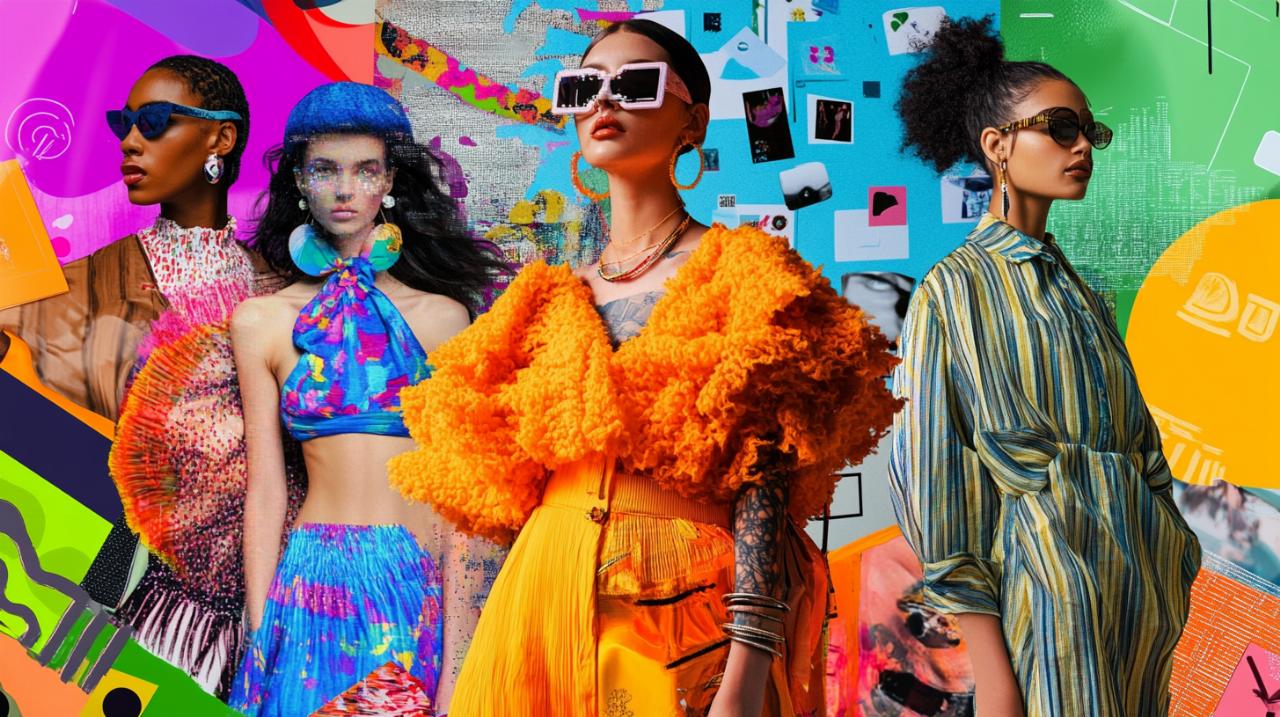
The journey from a viral post to a staple in everyday wardrobes is a fascinating process that highlights the speed and reach of digital platforms. A single video or image can spark a global movement, with users replicating looks, sharing their own interpretations, and driving demand for specific items or styles. This phenomenon has given rise to a new breed of microtrends that emerge and evolve at an unprecedented pace, often fuelled by the collective creativity of online communities. Fashion brands and retailers must be agile, monitoring social media closely and responding quickly to capitalise on these fleeting moments of popularity. The ability to adapt and innovate in real time has become a key competitive advantage, as consumers expect to see the latest trends reflected in stores and online shops almost immediately. This dynamic has also blurred the lines between digital and physical fashion experiences, with virtual try-ons, augmented reality, and other digital innovations enhancing the way people shop and engage with clothing.
Microtrends and Their Rapid Evolution in the Digital Age
Microtrends are characterised by their short lifespan and niche appeal, often driven by specific online communities or cultural moments. Unlike traditional fashion trends that might dominate for an entire season, microtrends can peak and fade within weeks or even days. TikTok, in particular, has become a breeding ground for these rapid-fire phenomena, with users constantly experimenting and pushing boundaries. The platform's fast-paced trend cycle encourages creativity and spontaneity, making it a fertile ground for emerging styles that might not have found a platform elsewhere. However, the ephemeral nature of microtrends poses challenges for both brands and consumers. Brands must strike a balance between jumping on the latest craze and maintaining a consistent identity, while consumers may feel pressure to constantly update their wardrobes to stay relevant. Despite these challenges, microtrends have enriched the fashion landscape by promoting diversity and innovation. They allow for greater experimentation and self-expression, as individuals are free to adopt or ignore trends based on their personal preferences. This environment has also fostered a more collaborative approach to fashion, with users building on each other's ideas and creating a collective sense of style that transcends geographical and cultural boundaries.
Sustainable fashion movements gaining traction through online communities
Alongside the rapid pace of trend cycles, there has been a growing movement towards sustainability within the fashion industry, driven in large part by online communities and consumer demand for eco-friendly products. Social media platforms have become powerful tools for raising awareness about the environmental and ethical impacts of fast fashion, with activists, influencers, and brands using their reach to promote more responsible practices. This shift reflects a broader cultural change, as consumers increasingly prioritise transparency and sustainability when making purchasing decisions. Businesses are responding by introducing innovative products that align with these values, such as clothing made from recycled materials, biodegradable fabrics, and garments produced using ethical labour practices. The emphasis on sustainability has also encouraged a more mindful approach to consumption, with many individuals choosing to invest in quality pieces that will last rather than constantly chasing the latest trends. Online communities dedicated to sustainable fashion share tips on how to build a versatile wardrobe, repurpose existing clothing, and support brands that prioritise environmental responsibility. This collective effort has helped to shift the narrative around fashion, positioning it not just as a form of self-expression but also as a means of contributing to a more sustainable future. The integration of digital innovation, including artificial intelligence for personalised recommendations and augmented reality for virtual try-ons, has further enhanced the shopping experience while reducing waste. As these technologies continue to evolve, they promise to make sustainable fashion more accessible and appealing to a wider audience, reinforcing the idea that style and sustainability can coexist. The role of institutions such as the British Academy of Fashion Design in London and other UK cities like Manchester, Birmingham, Edinburgh, Belfast, Cardiff, and Bristol is also noteworthy, as they offer courses ranging from Certificate to Higher National Diploma in fashion design, many of which are curated by industry experts and include work placement options. These programmes, available through home study, live online, and classroom-based formats, are helping to equip the next generation of designers with the skills and knowledge needed to navigate this rapidly changing landscape, ensuring that sustainability and innovation remain at the forefront of the industry.


